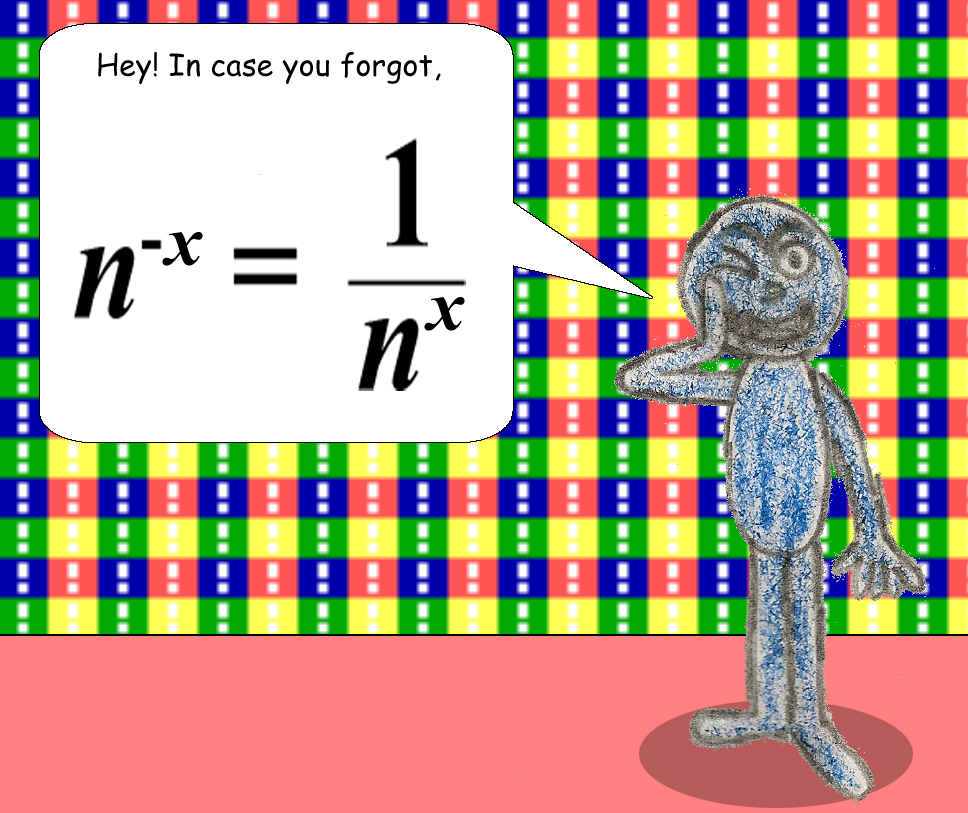



By the way, I printed the fractions in the summations above as improper fractions to make them easier to read. When the numerator is equal to the denominator + 1, the fraction can also be printed as a mixed number that's equal to 1 + 1/(the denominator).
Since 1 is the number of multiplicative identity, dividing by it gives you the dividend as the quotient & all integers are multiples of 1! If 1 is the denominator, then the fraction is an integer! (Algebraic fractions don't count; an algebraic fraction is a fraction that has a non-integer for a numerator or denominator.)

Back to Index Page Back to Math Trick Menu
© Derek Cumberbatch